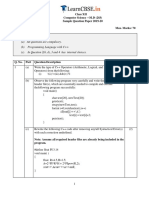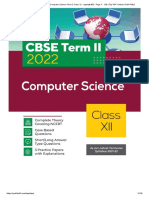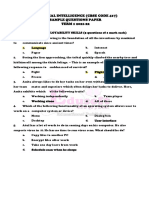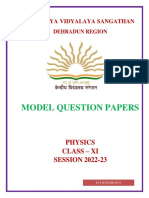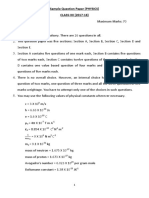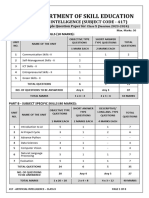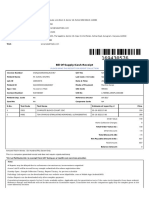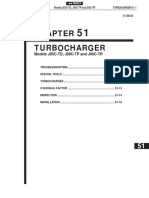0% found this document useful (0 votes)
616 views8 pagesQuestion Bank Class Xi Computer Science
This document contains questions from various chapters of the Computer Science textbook for Class XI. It includes questions on Python fundamentals like keywords, identifiers, operators and string operations. It also has questions on conditional statements, loops, lists, tuples, dictionaries, sorting, debugging, state transition diagrams, cyber safety, online security and other topics. The questions range from short answers to writing small programs.
Uploaded by
Gaming With AkshatCopyright
© © All Rights Reserved
We take content rights seriously. If you suspect this is your content, claim it here.
Available Formats
Download as PDF, TXT or read online on Scribd
0% found this document useful (0 votes)
616 views8 pagesQuestion Bank Class Xi Computer Science
This document contains questions from various chapters of the Computer Science textbook for Class XI. It includes questions on Python fundamentals like keywords, identifiers, operators and string operations. It also has questions on conditional statements, loops, lists, tuples, dictionaries, sorting, debugging, state transition diagrams, cyber safety, online security and other topics. The questions range from short answers to writing small programs.
Uploaded by
Gaming With AkshatCopyright
© © All Rights Reserved
We take content rights seriously. If you suspect this is your content, claim it here.
Available Formats
Download as PDF, TXT or read online on Scribd
/ 8









